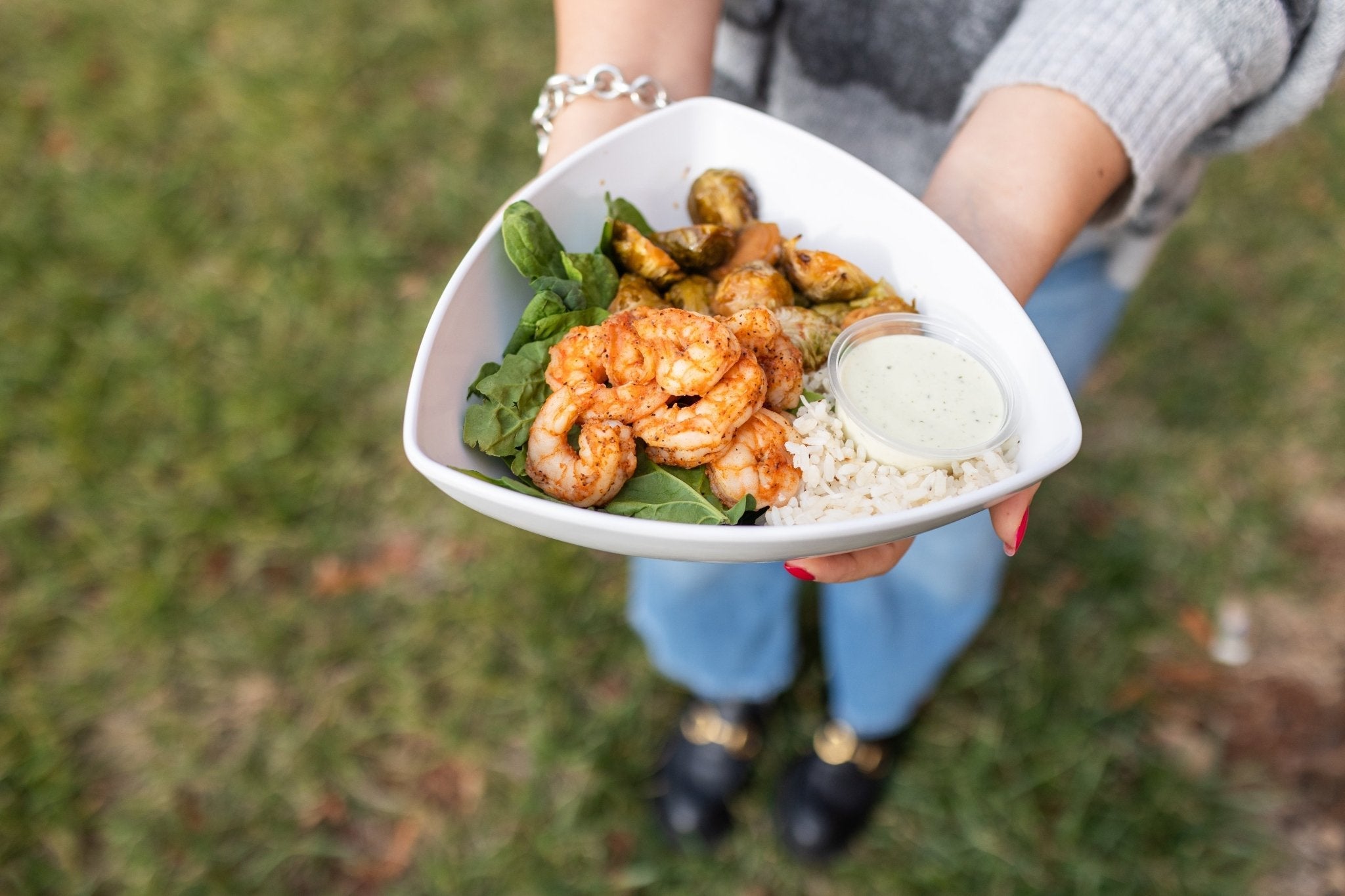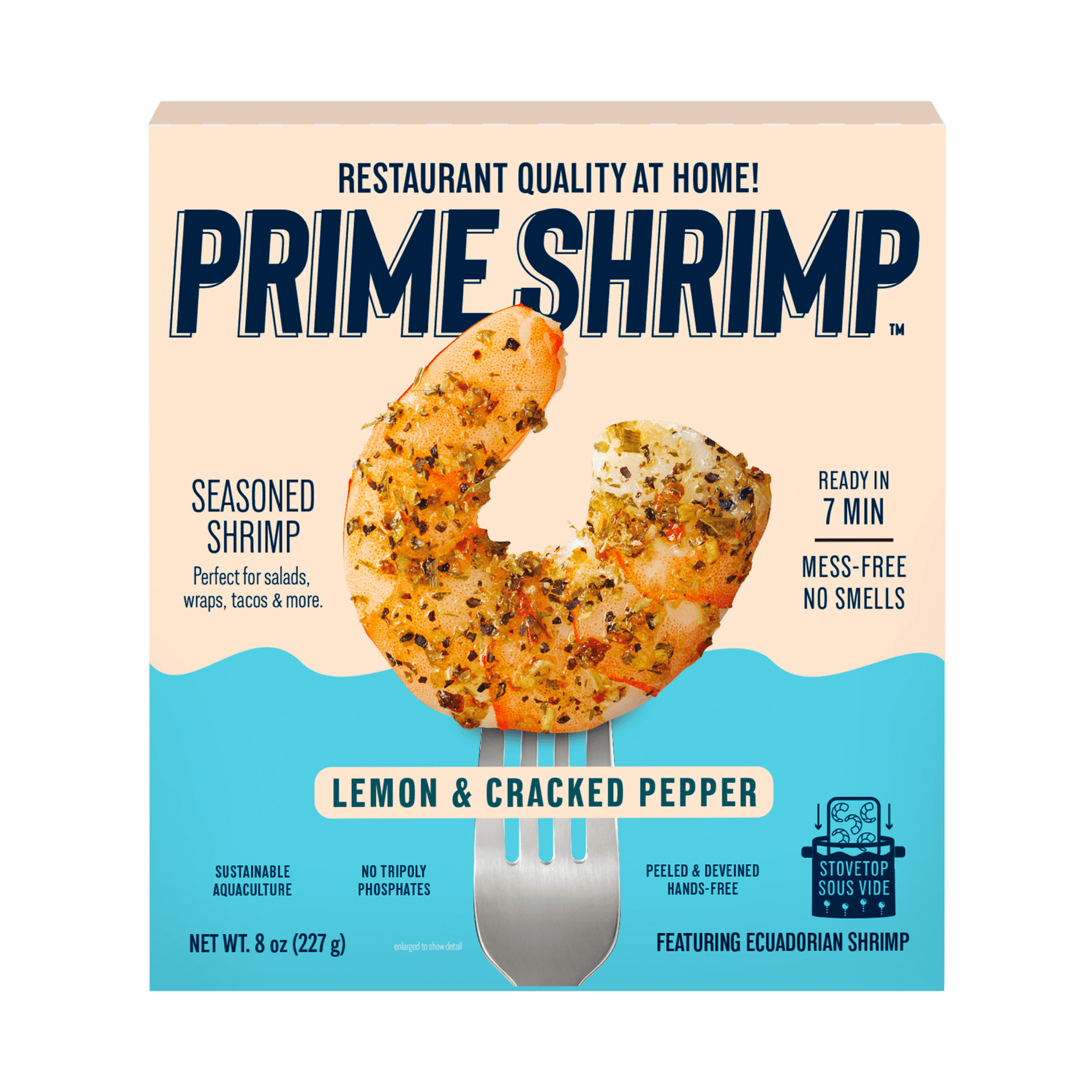

Why Ecuadorian Shrimp Stands Out: A Guide to the Best Farm-Raised Shrimp
The majority of shrimp consumed in the US is farm-raised, with most of it being Litopenaeus vannamei, also known as Pacific white shrimp. This versatile species can be cultivated in various water bodies worldwide. But what makes Ecuadorian shrimp so exceptional?
Superior Breeding and Farming Practices
While all producers raise the same crustacean, breeding, farming, and cultivation methods differ significantly across regions. These differences impact the taste, texture, and environmental footprint of the shrimp.
Ecuador’s Advanced and Sustainable Aquaculture
Ecuador boasts the most advanced and sustainable aquaculture industry globally, earning top ratings among farm-raised shrimp-producing countries. Generations of selective breeding have resulted in shrimp with superior taste and texture and a natural resistance to diseases and pathogens. These resilient shrimp are raised in balanced, less-intensively stocked environments, reducing the need for harmful feed practices that pollute water and damage surrounding habitats.
Low Stocking Densities and Natural Disease Resistance
Ecuador’s commitment to lower stocking densities and the use of naturally disease-resistant shrimp ensures healthy and flavorful shrimp without relying on heavy antibiotics or genetic engineering. This approach contrasts sharply with practices in other parts of the world.
Rigorous Quality Control and Stewardship
As shrimp is Ecuador’s largest export, national governing bodies and partnerships ensure compliance, quality control, and stewardship throughout all production phases—from hatchery to harvest. This rigorous oversight guarantees that Ecuadorian shrimp meets the highest standards.
Choosing the best farm-raised shrimp is the first step to creating exceptional shrimp dishes at home. Ecuadorian shrimp, with its superior breeding, sustainable farming practices, and rigorous quality control, offers a delicious and environmentally friendly option for seafood lovers.
Share:
More News
-

Mahana Fresh Easily Adds Shrimp to Fast-Casual Hot Line Using Prime Shrimp
Looking for new proteins to enhance their menu and entice new customers, Mahana Fresh partnered with Prime Shrimp to create a limited time offer featuring four unique shrimp dishes. The offer performed so well, Mahana Fresh has brought Prime Shrimp on as a permanent menu item in their locations.
-

The Nell Shell Uses Prime Shrimp to Expand Menu, Overcome Space Constraints
With a small space but a large following, The Nell Shell—a seasonal pop-up takeout restaurant specializing in lobster rolls and tinned fish—was looking to expand their menu of lobster rolls with a more affordable, divergent seafood offering. Prime Shrimp’s sous-vide pouches allowed them to easily add 3 new sandwiches to menu, delighting customers while maximizing space.
-

Prime Shrimp’s Sous Vide Pouches Set Sail on the Steamboat NATCHEZ and Riverboat City of New Orleans
By choosing Prime Shrimp over a traditional IQF or bulk-frozen shrimp, New Orleans Steamboat Company was able to add multiple shrimp options to their menus, guaranteeing the same profit margins across a variety of dishes and event types.











